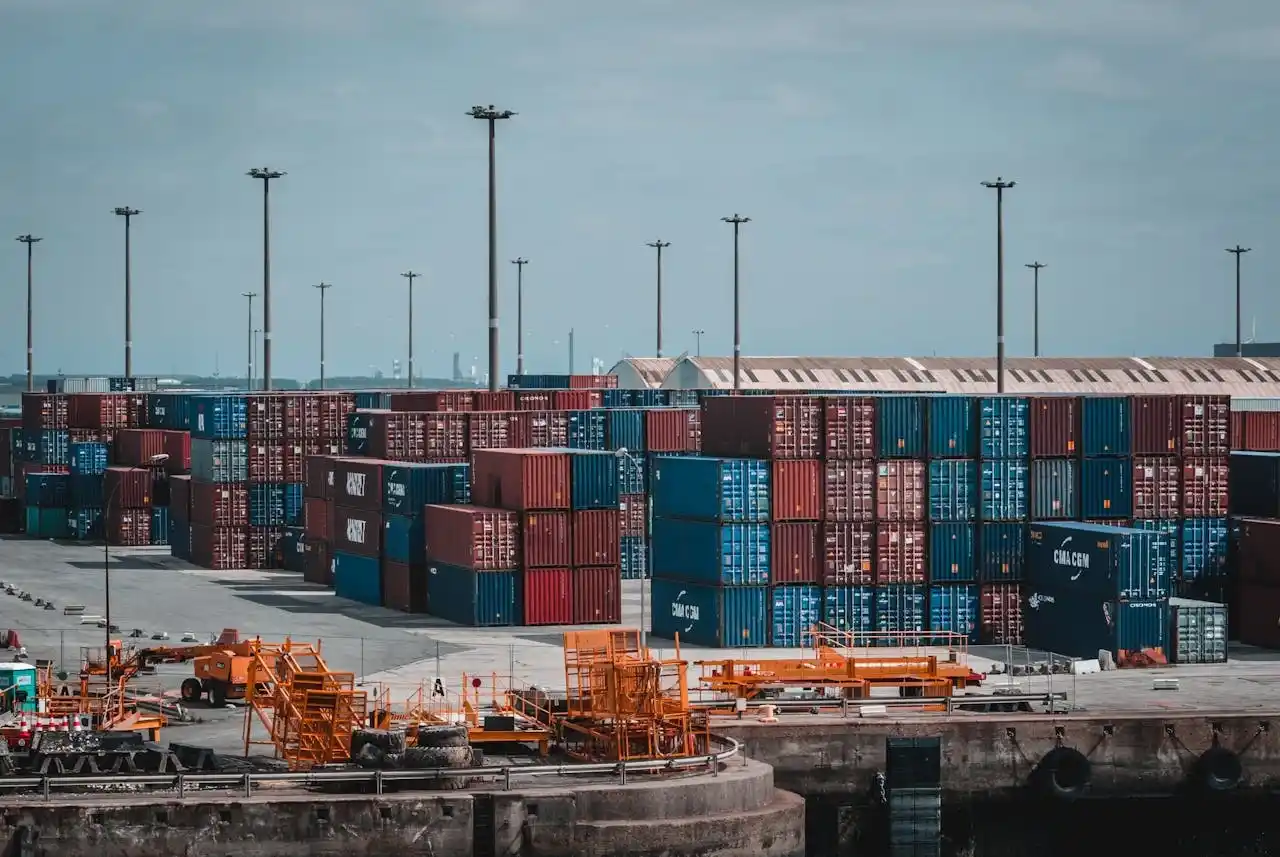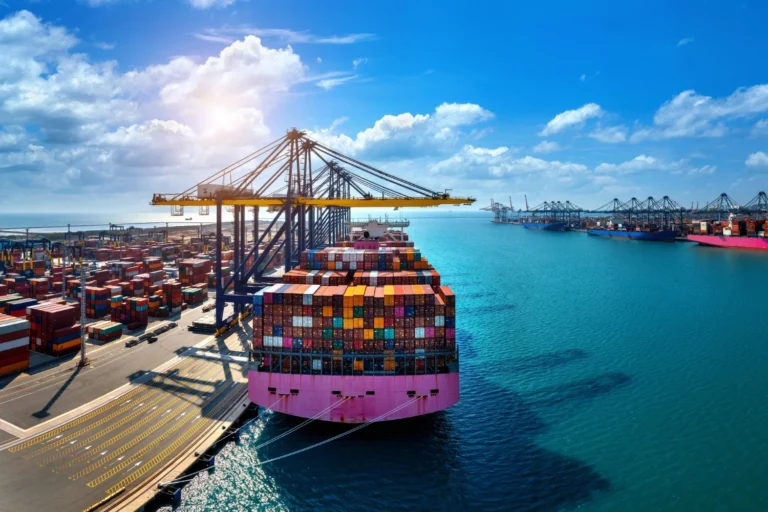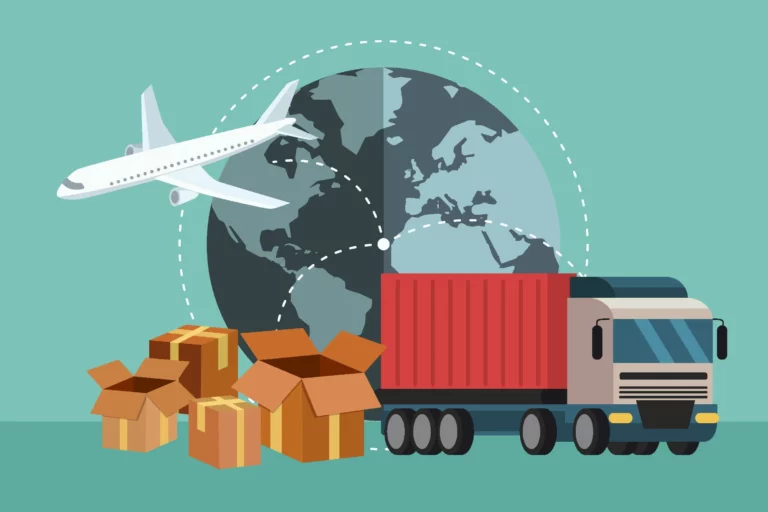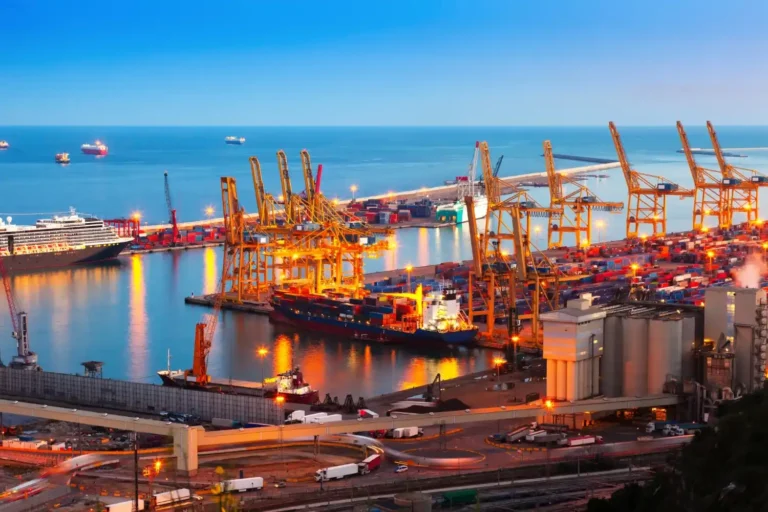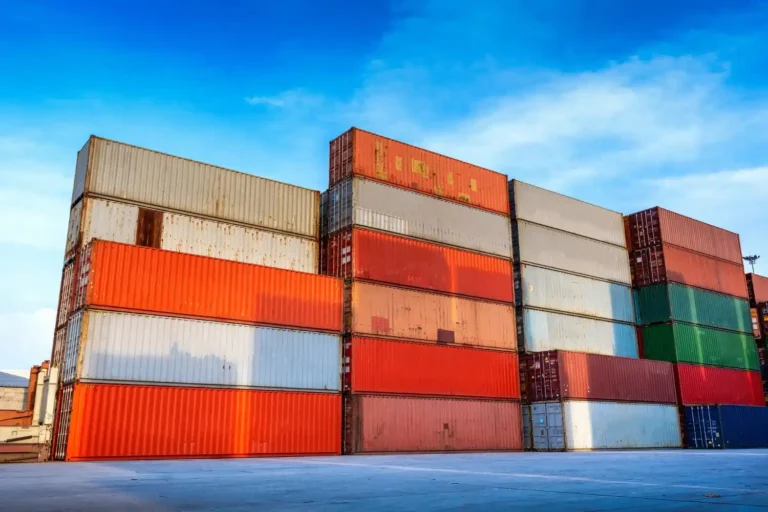Supply Chain Management: How it Works and Importance
Whether you realize it or not, supply chain management is the backbone of almost every business. From the moment a product is conceptualized to when it reaches a customer’s hands, supply chain management ensures everything works smoothly. But how does it work? And why is it so crucial for your business?
In this blog, we’ll break down supply chain management in simple terms, dive into the various strategies, and explore how software tools are changing the game. We’ll also talk about sustainability and why logistics is more important than ever in today’s global market.
What is Supply Chain Management?
At its core, supply chain management (SCM) is the process of overseeing how goods move from one place to another. It starts with sourcing raw materials, continues with manufacturing and production, and ends when the product reaches the consumer.
But, here’s the kicker: it’s not just about transporting goods. Supply chain management involves everything from procurement to inventory management, supplier coordination, and logistics. All of these parts need to work seamlessly together to ensure your product makes it to the customer in the right condition, at the right time, and at the right cost.
For example, think of a simple product like a pair of sneakers. They go through several stages: sourcing materials (like leather or rubber), manufacturing, quality checks, packaging, and finally, shipping. All of these stages must be carefully coordinated to avoid any hiccups along the way.
Why is Supply Chain Management Important?
Imagine this: You’re a retailer, and your supplier doesn’t deliver on time. Suddenly, your shelves are empty, and customers are unhappy. That’s a nightmare scenario. However, this can be avoided with effective supply chain management.
Supply chain management is vital because it directly impacts both your cost and customer satisfaction. A well-oiled supply chain ensures that products are delivered on time and in good condition, improving customer experience and brand loyalty.
On the flip side, poor supply chain management leads to wasted resources, lost sales, and frustrated customers. With e-commerce growing faster than ever, having a reliable supply chain management system in place is more important than ever.
When done right, supply chain management can help businesses achieve better cost savings, more efficient operations, and stronger customer relationships.
Types of Supply Chain Models
When it comes to supply chain management, one size doesn’t fit all. Depending on the nature of the product and the business, different models are used. Here are the most common ones:
- The Push Model – In this model, goods are produced based on forecasted demand. Once the products are manufactured, they are “pushed” through the supply chain to distributors and retailers.
- The Pull Model – The pull model works the opposite way: products are made based on customer demand. The system pulls products through the supply chain as needed.
- The Hybrid Model – This is a combination of both push and pull models, depending on what makes the most sense for a particular stage of the supply chain.
- The Continuous Flow Model – This model works best for businesses with steady demand, such as fast-moving consumer goods (FMCG). Products are constantly being produced and distributed without significant changes in production or demand patterns.
- The Efficient Consumer Response (ECR) Model – This model is based on collaboration between the retailer and supplier to improve efficiency and reduce inventory costs.
Every model has its strengths, but the best fit for your business depends on factors like industry, demand, and production cycles.
Also Read: What is Supply Chain Risk Management?
Challenges in Supply Chain Management
Even the most experienced supply chain managers face challenges. And with global supply chains becoming more complex, these challenges are only multiplying. Here are a few you might recognize:
1. Globalization and International Supply Chains
In today’s world, goods are sourced, manufactured, and sold globally. Managing a global supply chain adds layers of complexity, from dealing with different regulations in various countries to facing transportation issues like long lead times or customs delays.
2. Rising Costs
Fuel, labor, and raw material costs can fluctuate unexpectedly. With unpredictable pricing, it becomes a challenge to maintain margins while still offering competitive prices.
3. Sustainability
With growing concerns about climate change and environmental impact, sustainability has become a major issue in supply chain management. Businesses are under pressure to find ways to minimize their carbon footprint, which means reevaluating suppliers, transportation methods, and packaging.
4. Risk Management
Supply chains are prone to disruptions, from natural disasters to political instability. Having a risk management strategy that can identify and mitigate these risks is essential to ensure business continuity.
5. Visibility Issues
Lack of visibility in supply chain management can lead to inefficiencies, errors, and missed opportunities. With multiple partners and processes involved, getting accurate, real-time data can be a struggle.
Also Read: Key Supply Chain Obstacles That You Need To Know
Supply Chain Management Strategies
At GoComet, we know that a strong supply chain management strategy is the backbone of any successful business. Whether you’re facing disruptions or looking for ways to streamline your processes, the right strategies make all the difference. Here are a few key strategies we’ve seen work wonders for companies across industries:
1. Invest in Technology
We can’t say this enough; technology is a game-changer. With an automated supply chain management system, you gain real-time insights into inventory, shipments, and demand. This isn’t just about tracking packages; it’s about making smarter decisions with up-to-date data at your fingertips.
We’ve seen clients who embraced tools like GoTrack and GoProcure see significant efficiency improvements. Real-time tracking systems help us pinpoint delays early, while procurement tools help us get the best deals from vendors. When everything is connected and automated, there’s less room for error and more opportunities to optimize operations.
2. Focus on Sustainability
Sustainability is no longer optional; it’s a necessity. As sustainable logistics and supply chain management practices become the standard, it’s crucial to reduce your environmental footprint. Whether that’s working with eco-friendly suppliers or optimizing delivery routes to reduce emissions, there are many ways to go green.
For example, we’ve helped clients shift to renewable energy sources for their warehouses, and the impact has been great. Not only does it reduce energy costs, but it also improves the company’s public image and appeal to eco-conscious consumers. Sustainability in supply chains is both good for the planet and good for business.
3. Collaborate with Partners
Supply chains are built on strong relationships. We’ve seen firsthand how important it is to build trust and create mutually beneficial partnerships with vendors, suppliers, and logistics providers. When collaboration is at the heart of your procurement strategies, you’re more likely to get better rates, faster deliveries, and improved service.
We worked with a global manufacturer who implemented better collaboration with their suppliers. This led to faster procurement, lower costs, and a stronger, more resilient supply chain. By aligning goals and sharing data, everyone benefits.
4. Optimize Inventory Management
We’ve all experienced the headaches of overstocking or running out of stock. That’s why having an effective inventory management system is critical. Automated inventory systems track stock levels in real-time, ensuring that you always have the right products available when you need them.
For one of our clients in the retail industry, implementing a robust inventory system helped them cut excess stock by 25% while maintaining product availability. That meant fewer storage costs and better cash flow. The key is automation; manual tracking just doesn’t cut it anymore.
5. Enhance Supply Chain Visibility
Supply chain visibility is essential for staying ahead of potential issues. With real-time data and tracking systems, you can monitor your entire supply chain, from start to finish. This visibility allows businesses to quickly spot and address problems, keeping things moving smoothly.
We helped a client in the pharmaceutical industry implement GoTrack to enhance visibility. The result? They were able to reduce delays by 20% and make more informed decisions on the fly. The more visibility you have, the better equipped you are to make data-driven decisions and avoid disruptions before they escalate.
By adopting these supply chain management strategies, businesses can optimize their operations, improve efficiency, and boost customer satisfaction. Whether it’s leveraging technology, collaborating with partners, or focusing on sustainability, the right strategies will give your supply chain the competitive edge it needs to thrive.
Software Tools for Supply Chain Management
At GoComet, we understand that supply chain management used to be a complex and time-consuming process. With the right software, however, we can streamline operations, boost efficiency, and enhance visibility at every stage.
We’ve seen firsthand how powerful software tools can transform supply chains. One of our clients, a major global retailer, struggled with managing inventory across various locations. After implementing the right supply chain management software, they experienced immediate improvements in tracking, stock levels, and forecasting. Real-time insights helped them make smarter decisions and cut down on unnecessary delays.
So, what tools are we talking about? Let’s dive into some of the key software solutions that are driving change in supply chain management.
1. Supply Chain Management Software
SCM software offers end-to-end visibility into your supply chain. It lets you track shipments, manage suppliers, and forecast demand all in one place. This integrated approach saves us time and helps us avoid costly errors.
One of our clients in the FMCG sector adopted SCM software and saw inventory management improve by 30%. With real-time data, they could identify gaps and optimize their ordering process.
2. Warehouse Management Systems (WMS)
Warehouse Management Systems (WMS) automate processes like inventory tracking, order picking, and shipping. They help us streamline warehouse operations, reducing human error and improving efficiency.
We worked with a client who implemented WMS in their warehouse. Within weeks, they reduced stock-outs by 40%, increased order accuracy, and sped up processing times. It’s a game-changer for warehouses managing high volumes.
3. Transportation Management Systems (TMS)
Managing transportation is critical to supply chain management. TMS helps us optimize delivery routes, reduce shipping costs, and improve delivery times. By leveraging TMS, we ensure that goods are delivered faster and more efficiently.
For one of our clients in the automotive industry, TMS helped them reduce transportation costs by 20%. They also experienced fewer delays, leading to better customer satisfaction.
4. Procurement Software
Finding the right suppliers and negotiating the best deals is essential. With procurement software, we simplify supplier sourcing and manage contracts more effectively. We can also compare prices and track performance to ensure we get the best value.
One of our clients in the electronics industry saw significant cost savings after integrating procurement software into their supply chain. It streamlined vendor management and reduced procurement cycle times by 15%.
5. Real-Time Tracking Tools
Real-time tracking tools are vital for improving supply chain visibility. At GoComet, we use GoTrack to offer real-time updates on shipments, from origin to destination. This eliminates guesswork and helps us take action if delays arise.
We worked with a client in the pharmaceutical industry who used real-time tracking to improve delivery times by 25%. They were able to proactively manage delays and ensure on-time deliveries to their customers.
By adopting these tools, we can improve efficiency, reduce costs, and ensure timely deliveries. Whether it’s SCM software, WMS, TMS, procurement tools, or real-time tracking, the right software will give you greater control over your supply chain. Let us help you navigate the complexities of modern supply chains and unlock their full potential.
Sustainability and Supply Chain Management
With growing concerns about climate change, businesses must consider the sustainability of supply chain management. This means reducing waste, using eco-friendly materials, and finding sustainable transport options.
Adopting sustainable logistics and supply chain management practices isn’t just good for the planet; it’s good for business too. Consumers are more likely to support companies that make environmentally responsible choices.
Logistics and Supply Chain Management
Logistics is a critical part of supply chain management, and it’s all about getting products from point A to point B as efficiently as possible. Whether it’s sea, air, or land transportation, logistics encompasses everything that moves goods from manufacturers to consumers.
By improving logistics, businesses can reduce lead times, save money, and offer better customer service. The key is to use the most efficient methods for each shipment while considering factors like cost, speed, and environmental impact.
Conclusion
Effective supply chain management is essential to any business’s success. Whether you’re aiming for global supply chain management, seeking better supply chain visibility, or trying to improve sustainability, having the right strategies and tools in place will make all the difference.
By investing in technology, focusing on sustainability, and collaborating with the right partners, your business can stay ahead of the competition, reduce costs, and improve customer satisfaction. Keep your supply chain efficient, transparent, and adaptable, and you’ll see the long-term benefits.
